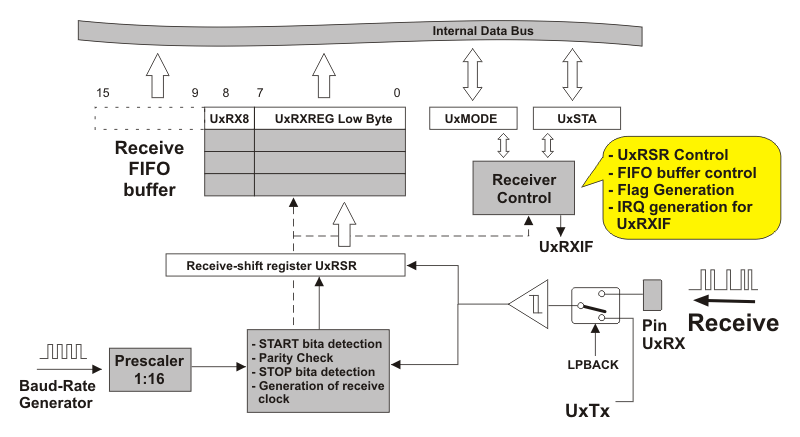coolasic
Newbie level 5

Hi,
Frequency of 2 clock domains are same but they are asynchronous . How do you transfer the data from one domain to other domain ? If we use FIFO what should be the depth of the FIFO ? Since both are the same clock frequency and phase relation we cant determine since it is asynchrous and the Input data is continous.
Thanks
Frequency of 2 clock domains are same but they are asynchronous . How do you transfer the data from one domain to other domain ? If we use FIFO what should be the depth of the FIFO ? Since both are the same clock frequency and phase relation we cant determine since it is asynchrous and the Input data is continous.
Thanks





